Courses offered by SAMATVA YOGALAYA
Trending Posts
-
 Top 5 Qualities to look for in Yoga Teacher Training
Top 5 Qualities to look for in Yoga Teacher Training
-
 Benefits of Small Class Size for Yoga Teacher Training
Benefits of Small Class Size for Yoga Teacher Training
-
 Important Qualities of a Yoga Student Undertaking Yoga Teacher Training
Important Qualities of a Yoga Student Undertaking Yoga Teacher Training
-
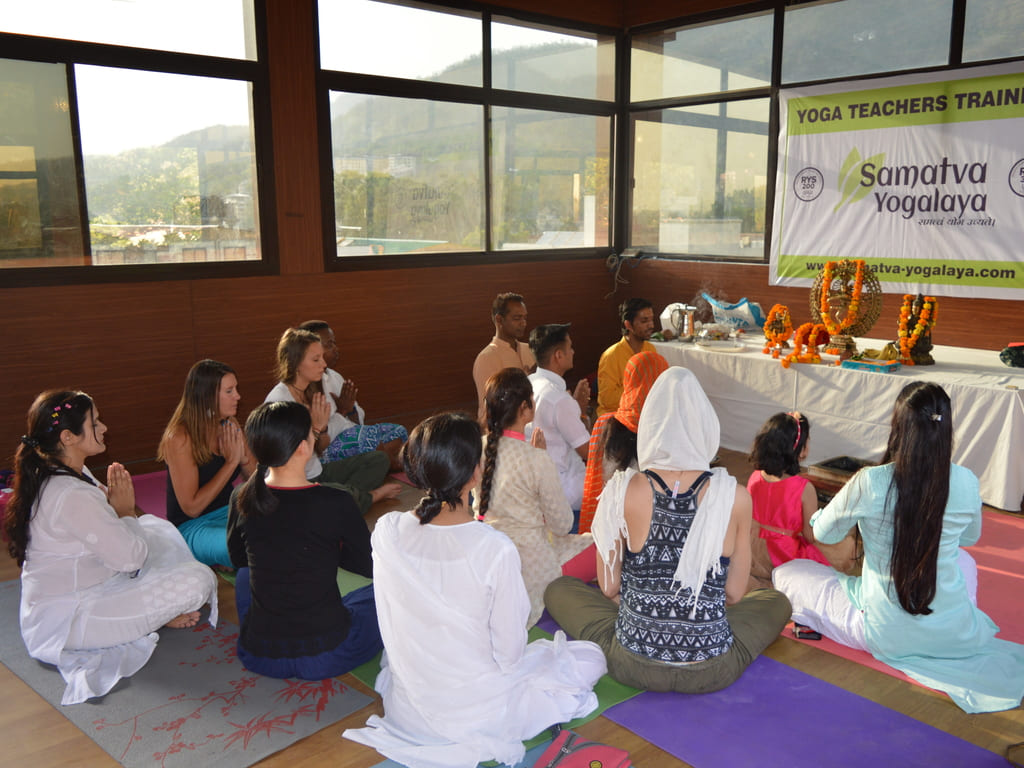 Yoga Teacher Training in Small Groups is Advantageous
Yoga Teacher Training in Small Groups is Advantageous
-
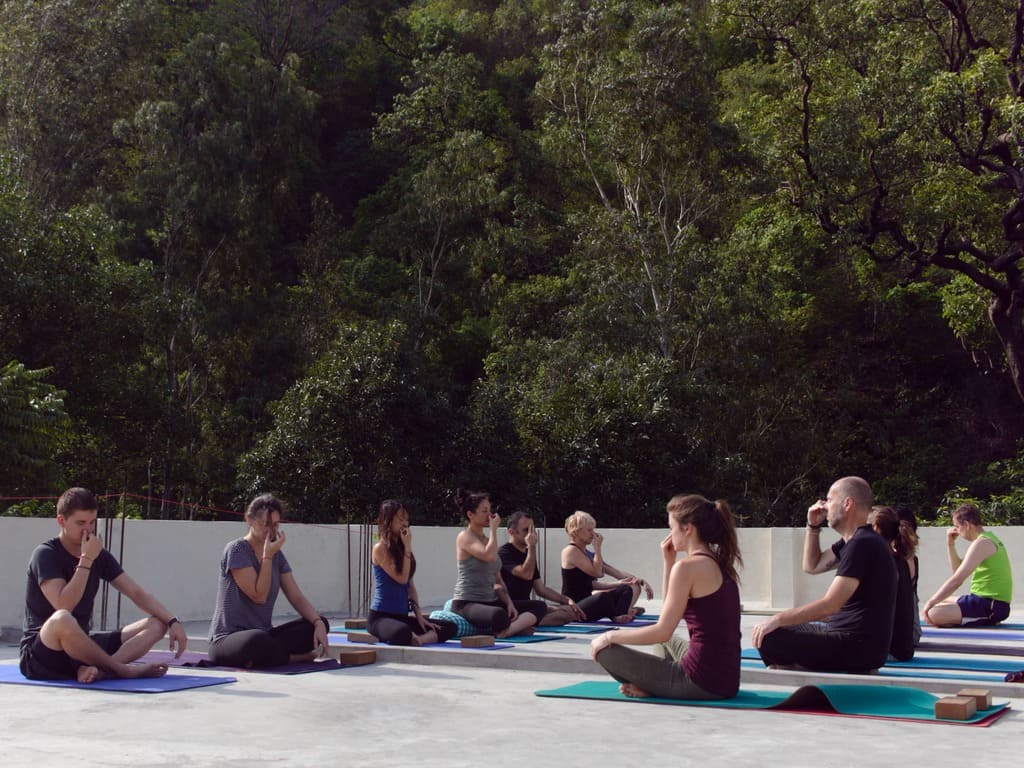 7 Top Qualities a Yoga Teacher Must Strive
7 Top Qualities a Yoga Teacher Must Strive
-
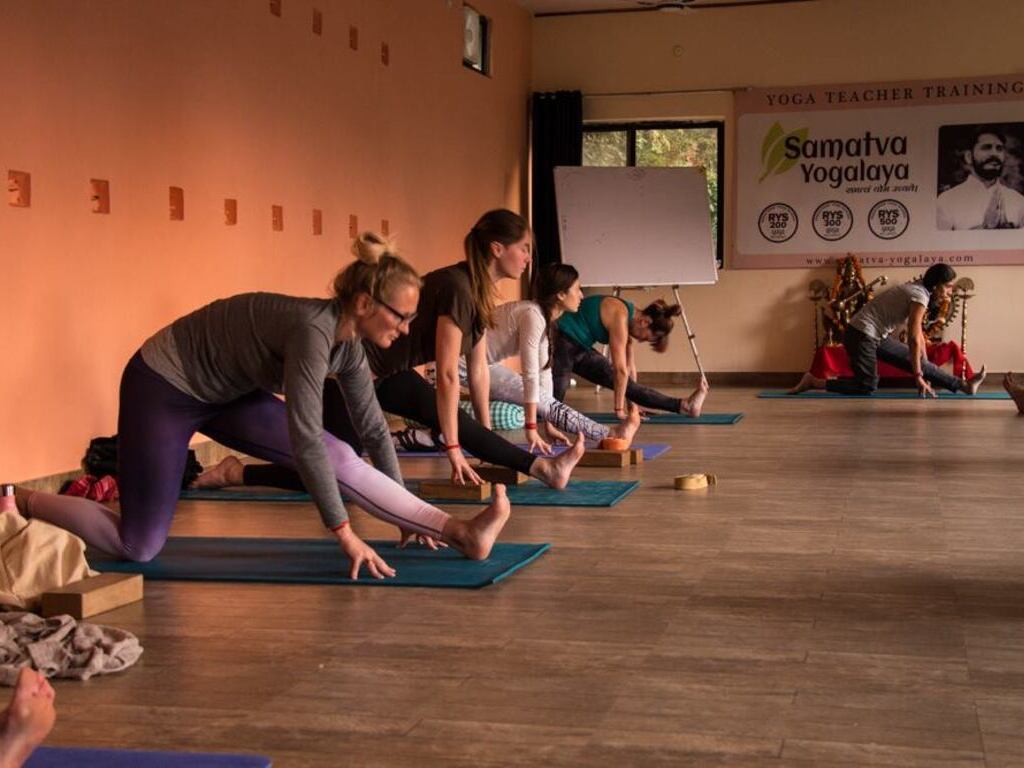 Tips on How to Prepare for Yoga Teacher Training
Tips on How to Prepare for Yoga Teacher Training
-
 5 Reasons Why You Need to do Yoga Teacher Training
5 Reasons Why You Need to do Yoga Teacher Training
-
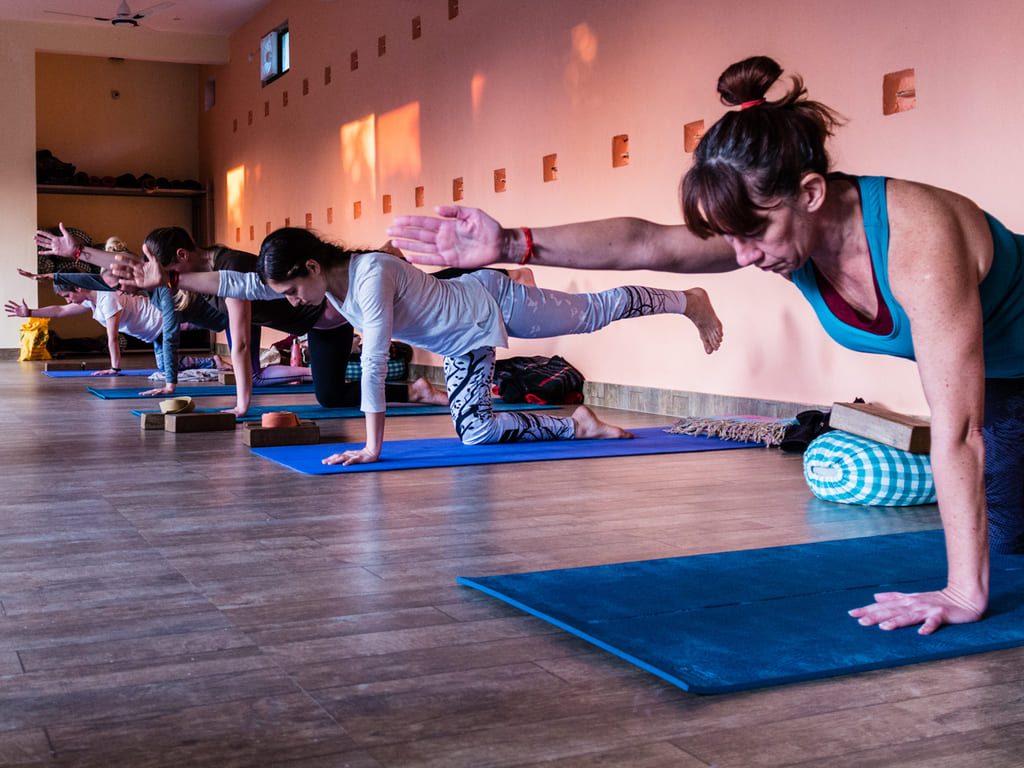 Yoga Asana For Lower Back Pain
Yoga Asana For Lower Back Pain
-
 Self Discovery Through Yogic Path
Self Discovery Through Yogic Path
-
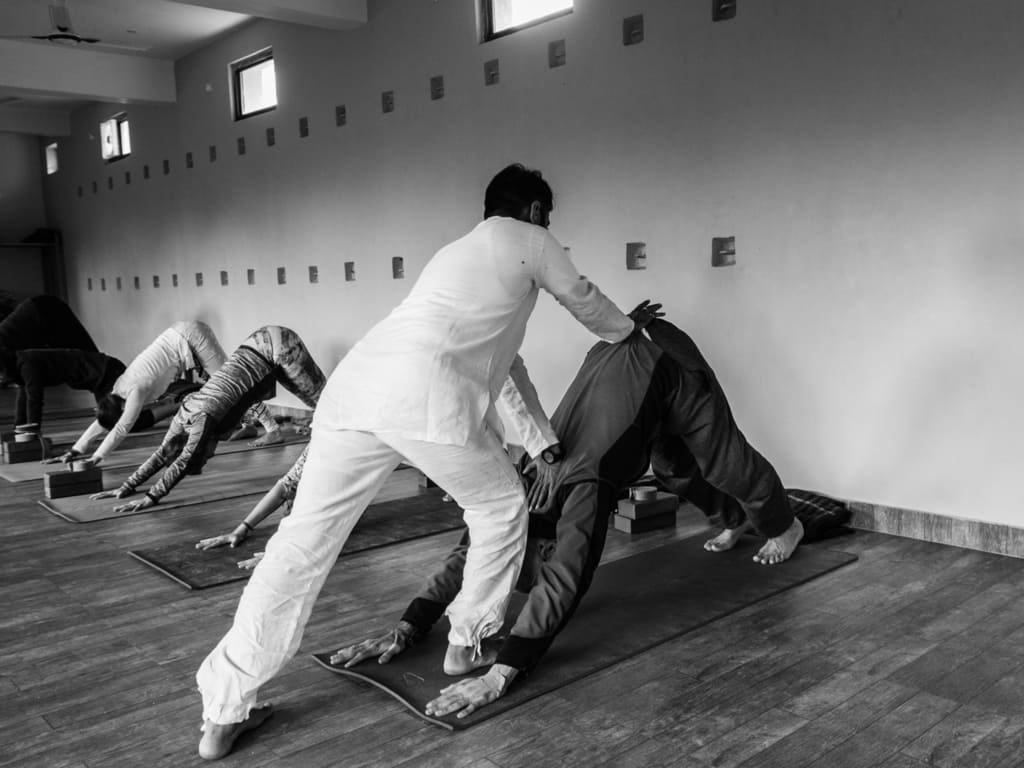 How do you Know Yoga Teacher Training is Right for You?
How do you Know Yoga Teacher Training is Right for You?
-
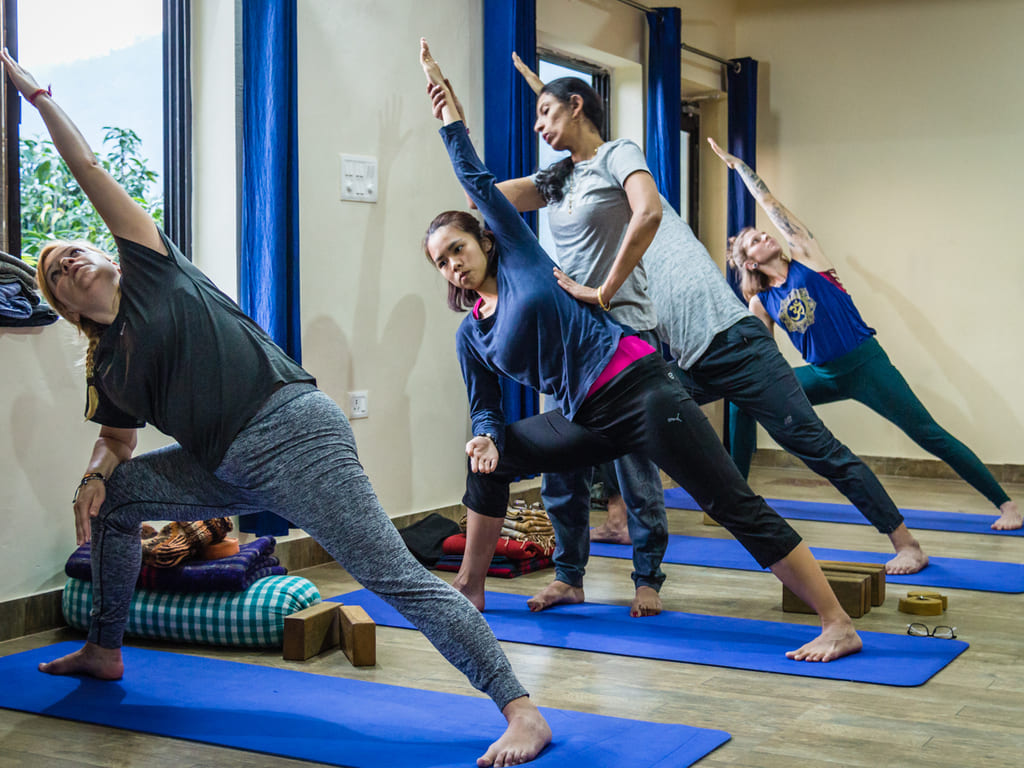 Some Things to Consider Before you Take-up Yoga Teacher Training ?
Some Things to Consider Before you Take-up Yoga Teacher Training ?
-
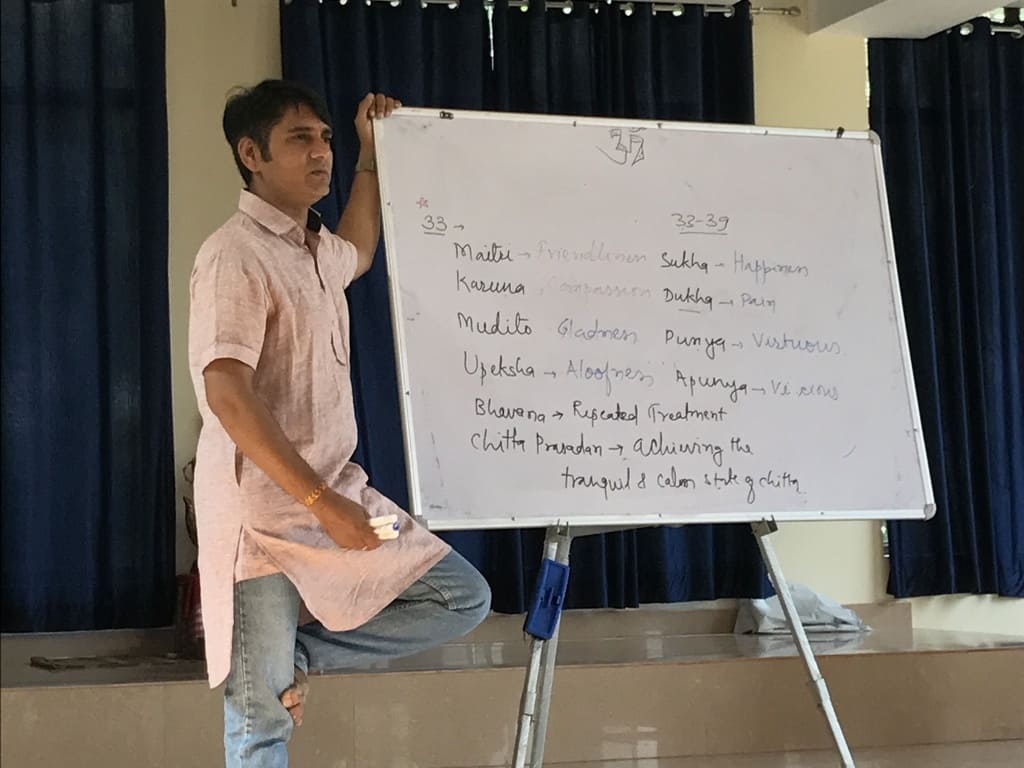 Inspiring Yoga Teacher
Inspiring Yoga Teacher
-
 Why Cultivate Yogic Diet ?
Why Cultivate Yogic Diet ?
-
 Yoga Ashram Retreats
Yoga Ashram Retreats
-
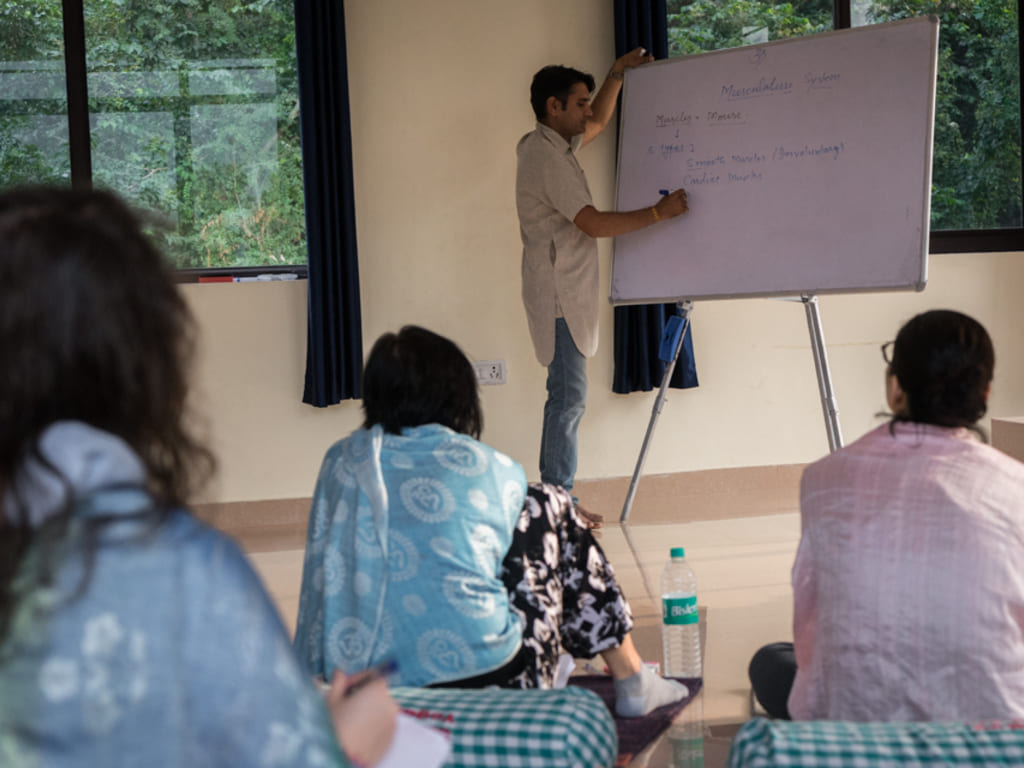 How to Balance Your Dosha
How to Balance Your Dosha

How to Balance Your Dosha
Ayurveda has divided the constitution types into three segments or Dosha called Vata, Pitta and Kapha. While Vata is a combination of space and air elements, Pitta is a combination of water and fire and Kapha earth and water. We all have bits of the three Dosha though one or two could predominate. It is rare for the Dosha to be balanced. If the Doshas are too out of sorts it can result in poor health and disease. Hatha yoga should be practiced according to Dosha which helps to maximize the benefits.
A person with a predominant Vata Dosha needs to be grounded and so standing postures that ground and balance will be more beneficial to a Vata constitution. Asanas that concentrate on the lower body, below the abdomen like Pachimottanasana, Pavanmuktasana and Marjaryasana are also very favourable for people with the Vata Dosha and so are stretching and warming asanas. Meditation that promotes tranquility and peace are good.
Yoga Can Help Balance Your Dosha
Those who have Pitta Dosha will find it beneficial to practice asanas and pranayama that have a cooling, calming and grounding effect. They need to find the balance between the mind and the heart as they can get overly ambitious. Asanas that affect mid abdomen like Ardha Matsyendrasana, backbends like Chakraasana and Ustrasana which calm the mind will benefit them and also restorative asanas like Yoga NIdra. Shitali and Nadi Shodan pranayama will cool them down. During meditation they should practice self inquiry.
Yoga Types to Balance Your Dosha
People with Kapha Dosha are slow and tend to put on weight easily. For them asana practice should stimulate metabolism and increase the fire and air elements. Standing postures like Tikonasana, back bends like Setubandhasana will be energizing. Bhujangasana and Rajakapotasana that concentrate on the upper stomach and chest are beneficial. Pranayama like Bhrastika, Ujjayi and Kapalbhati should be practiced.


